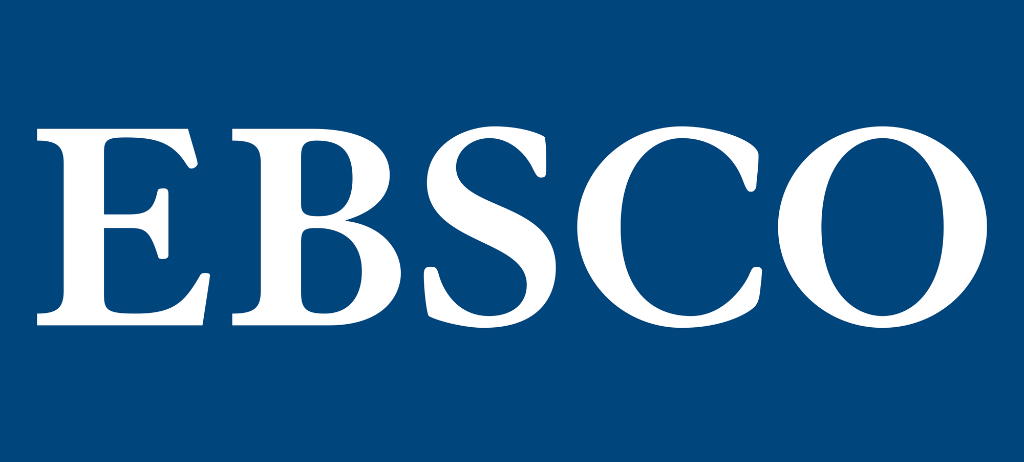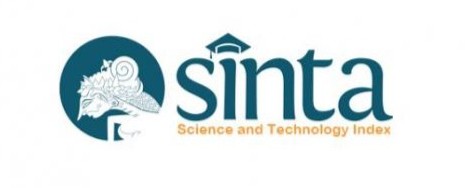Inclusion Strategies on @greenpeaceid Instagram Posts: A Critical Discourse Analysis
Downloads
The study aims to analyze the inclusion strategies in the discourse regarding environmental issues uploaded by @greenpeaceid Instagram account. This research was conducted based on a descriptive qualitative approach. The data collection and analysis were carried out using read and record techniques by virtually observing the Instagram account of @greenpeaceid. Furthermore, the data were categorized and analyzed according to van Leeuwen's critical discourse analysis, namely social actor representation theory. The data were collected from 24 October 2022 to 9 November 2022. The research data were in forms of words, phrases, and sentences contained in the captions used by @greenpeaceid. The results show that in representing the social actors involved in the discourse regarding environmental issues, the @greenpeaceid used the strategy of differentiation, objectivation, indetermination, nominations, and association. The presence of actors/events in discourse is considered to be able to clearly describe the involvement of related social actors in their campaigns to overcome the climate crisis. Therefore, the intended goals and information can be conveyed to the readers. Furthermore, the analysis shows that the @greenpeaceid account shows the ideological stance of pro-government which they consider as partners in efforts to overcome the climate crisis.
Al-Kandari, A. J., Al-Hunaiyyan, A. A., & Al-Hajri, R. (2016). The Influence of Culture on Instagram Use. Journal of Advances in Information Technology, 7(1), 54–57. https://doi.org/10.12720/jait.7.1.54-57
Asher, R. E., & Simpson, J. M. Y. (1994). The The Encyclopedia of Language and Linguistics. Pergamon Press.
Badara, A. (2012). Analisis Wacana Teori, Metode, dan Penerapannya pada Wacana. PT Fajar Interpratama Mandiri.
Darma, Y. A. (2009). Analisis Wacana Kritis. Yrama Widya.
Dewi, W. W. A., Avicenna, F., & Meideline, M. M. (2020). Purchase Intention of Green Products Following an Environmentally Friendly Marketing Campaign: Results of a Survey of Instagram Followers of InnisfreeIndonesia. Asian Journal for Public Opinion Research, 8(2), 160–177. https://doi.org/10.15206/ajpor.2020.8.2.160
Eriyanto. (2001). Analisis Wacana: Pengantar Analisis Teks Media. LKiS Yogyakarta.
Mahsun. (2005). Metode penelitian bahasa : tahapan, strategi, metode, dan tekniknya. PT. RajaGrafindo Persada.
Moleong, L. J. (2017). Metodologi Penelitian Kualitatif. PT remaja rosdakarya.
Oktavia, Y., & Silitonga, F. (2016). IMPLEMENTASI ANALISIS WACANA KRITIS PERSPEKTIF LEEUWEN DALAM BERITA POLITIK SURAT KABAR PADANG EKSPRES TERHADAP PEMBELAJARAN BAHASA BERBASIS TEKS. Belajar Bahasa: Jurnal Ilmiah Program Studi Pendidikan Bahasa & Sastra Indonesia, 1(2), 201–213.
Pramana, P. D., Utari, P., & Naini, A. M. I. (2021). Symbolic convergence of #ClimateCrisis: A content analysis of Greenpeace Indonesia campaign on Instagram. IOP Conference Series: Earth and Environmental Science, 724(1), 1–7. https://doi.org/10.1088/1755-1315/724/1/012101
Renkema, J. (2004). Introduction to Discourse Studies. John Benjamin Publishing Company.
Rizaty, M. A. (2022). Pengguna Instagram Indonesia Terbesar Keempat di Dunia. DataIndonesia.Id. https://dataindonesia.id/Digital/detail/pengguna-instagram-indonesia-terbesar-keempat-di-dunia.
Ruhiat, F., Heryadi, D., & Akim, A. (2019). Strategi NGO Lingkungan Dalam Menangani Polusi Udara di Jakarta (Greenpeace Indonesia). Andalas Journal of International Studies (AJIS), 8(1), 16–30. https://doi.org/10.25077/ajis.8.1.16-30.2019
van Leeuwen, T. (2008). Discourse and Practice: New Tools For Critical Discourse Analysis. Oxford University Press.
Virgy, M. A., Djuyandi, Y., & Darmawan, W. B. (2020). Strategi Jaringan Advokasi Transnasional Greenpeace Indonesia Terkait Isu Deforestasi Hutan Indonesia oleh Wilmar International. Journal of Political Issues, 1(2), 74–91. https://doi.org/10.33019/jpi.v1i2.9
Wodak, R., & Meyer, M. (2001). Methods of Critical Discourse Analysis. SAGE Publications.

LAKON by Unair is licensed under a Creative Commons Attribution-NonCommercial-ShareAlike 4.0 International License.
1. The journal allows the author to hold the copyright of the article without restrictions.
2. The journal allows the author(s) to retain publishing rights without restrictions
3. The legal formal aspect of journal publication accessibility refers to Creative Commons Attribution-NonCommercial-ShareAlike (CC BY-NC-SA).


.png)













